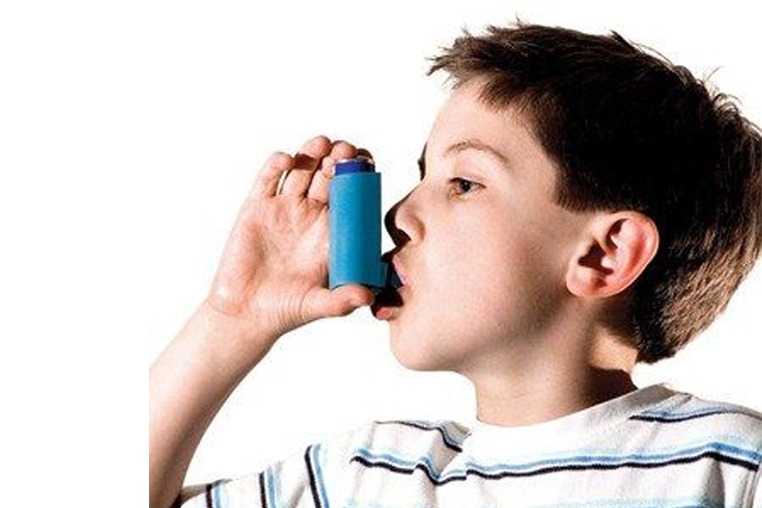First Aid Training Course In Canberra. Nationally Recognised Certificate with all Sessions. Experienced Trainers. Quality Education. Free Parking.
It’s essential that you have some fundamental first-aid skills to be able to cope with disaster. The American Red Cross, Canberra First Aid and other safety and service agencies say these a few of the things that you need to know.
Performing CPR
1. Place your hands, one on top of the other, in the middle of the chest. Use your body weight to help you administer compressions that are at least two inches deep and delivered at a rate of at least 100 compressions per minute.
2. With the person’s head tilted back slightly and the chin lifted, pinch the nose shut and place your mouth over the person’s mouth to make a complete seal. Blow into the person’s mouth to make the chest rise. Deliver two rescue breaths, then continue compressions.
Note: If the chest does not rise with the initial rescue breath, re-tilt the head before delivering the second breath. If the chest doesn’t rise with the second breath, the person may be choking. After each subsequent set of 100 chest compressions, and before attempting breaths, look for an object and, if seen, remove it.
3. Keep performing cycles of chest compressions and breathing until the person exhibits signs of life, such as breathing. Or continue until an automated external defibrillator machines becomes available, or EMS or a trained medical responder arrives on scene.
Note: End the compression cycles if the scene becomes unsafe or you cannot continue performing CPR due to exhaustion.
TOURNIQUET:
Apply the tourniquet
Wrap the tourniquet around the bleeding arm or leg about two to three inches above the bleeding site (be sure NOT to place the tourniquet onto a joint — go above the joint if necessary).
Pull the free end of the tourniquet to make it as tight as possible and secure the free end.
Twist or wind the windlass until bleeding stops.
Secure the windlass to keep the tourniquet tight.
Note the time the tourniquet was applied.
Source: https://www.bleedingcontrol.org/resources/how-to-stop-the-bleed
Controlling bleeding
Apply direct pressure on wound with a sterile dressing (if available)..
Elevate injured area above the heart if possible.
Secure dry, sterile dressings with bandages.
Cleanse minor injuries thoroughly with plain soap and water (clean your hands first).
If evidence of infection appears, see a doctor.
Treating fractures
Do not move the victim.
Keep the broken bone ends and adjacent joints from moving.
If an open wound is present, control the bleeding.
Apply splints.
Treating shock
Keep victim lying down.
Cover the victim with only enough material to keep him from losing body heat.
Obtain medical help as soon as possible.
Book in to a first aid training course at www.canberrafirstaid.com

